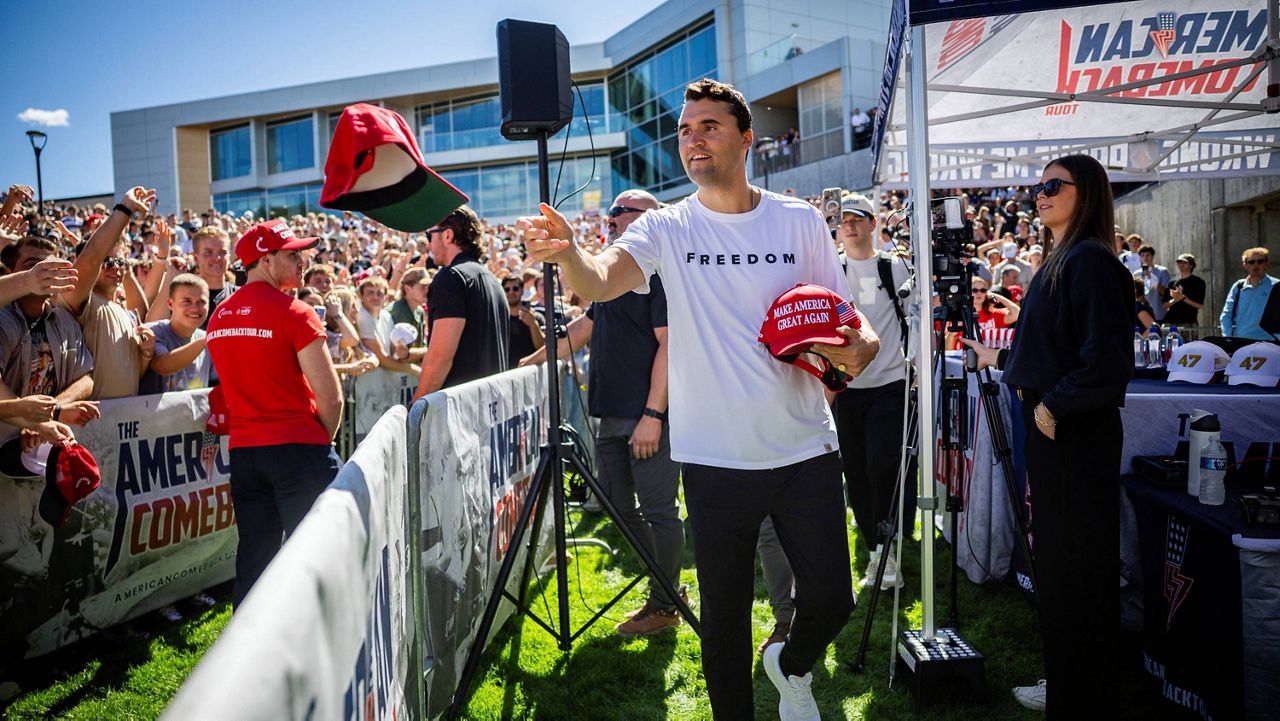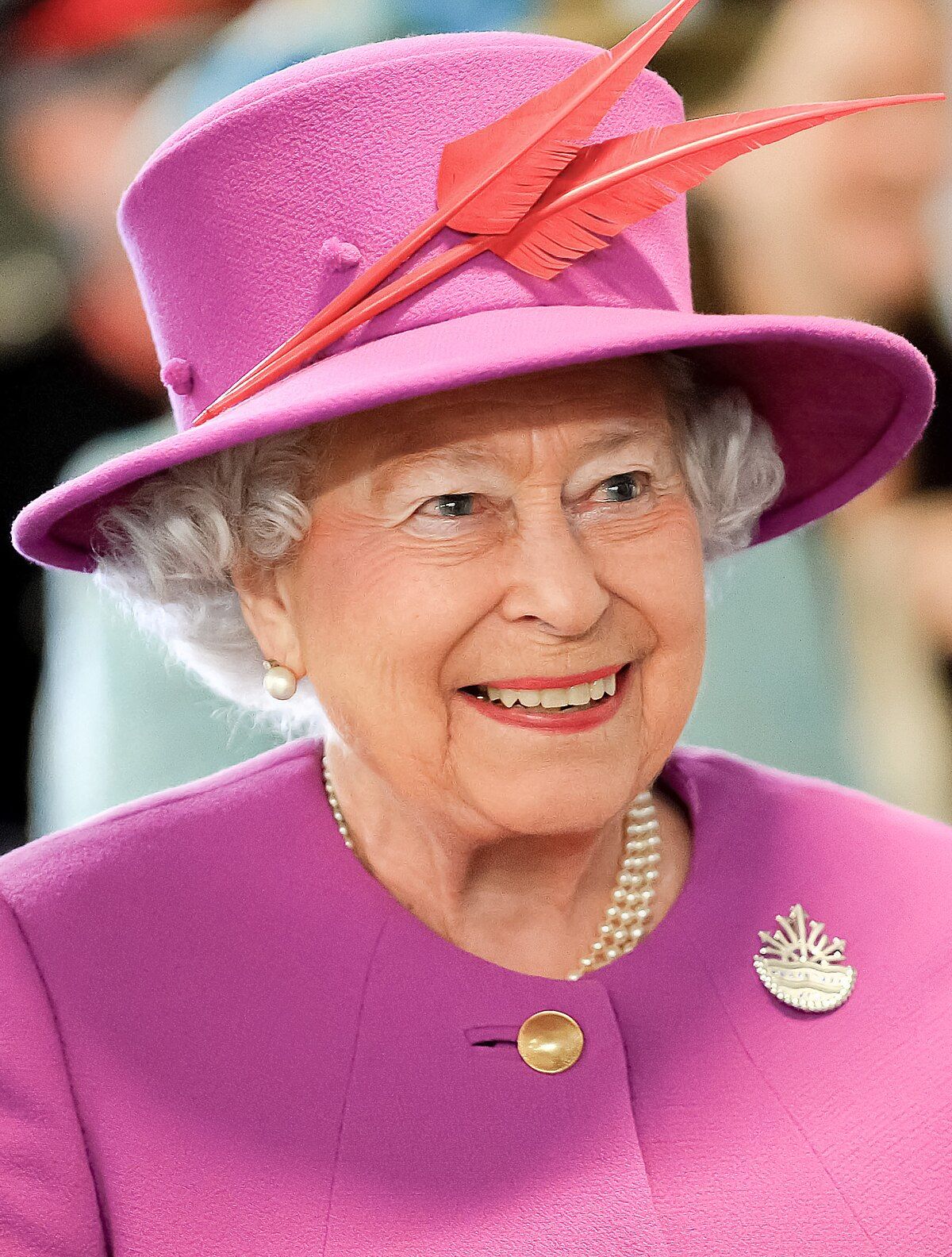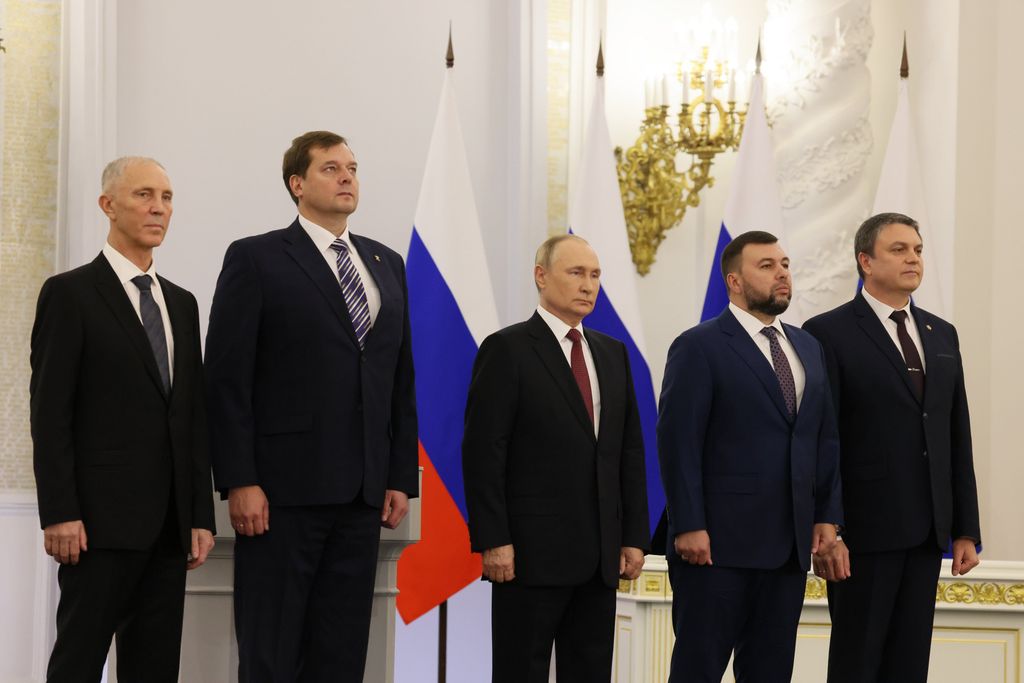
The diplomatic landscape surrounding the conflict in Ukraine is currently dominated by a pivotal, albeit uncertain, prospect: a planned summit between Russian President Vladimir Putin and U.S. President Donald Trump in Alaska. This anticipated meeting casts a long shadow, raising profound fears that it could serve as a vehicle for Moscow to coerce Kyiv into accepting an unfavorable resolution to the ongoing war. Threats, pressures, and ultimatums have consistently emanated from the Kremlin, yet President Putin has remained steadfast in upholding Moscow’s uncompromising demands.
These maximalist demands are not new; they profoundly reflect President Putin’s unwavering determination to achieve the strategic goals he articulated when the full-scale invasion of Ukraine commenced on February 24, 2022. The Kremlin leader appears convinced that time is on Russia’s side, a belief underpinned by the perceived struggles of exhausted and outgunned Ukrainian forces. These forces are reportedly battling to stem Russian advances across many sectors of the vast 1,000-kilometer (over 600-mile) front line, while swarms of Russian missiles and drones persistently batter Ukrainian cities.
President Putin views a potential meeting with President Trump as a singular opportunity to broker a sweeping agreement. Such a deal, from Moscow’s perspective, would not only solidify Russia’s hard-won territorial gains but also critically prevent Ukraine from joining NATO. Furthermore, it aims to preclude the presence of any Western troops on Ukrainian soil, thereby facilitating Moscow’s long-term objective of gradually drawing the country back into its political and security orbit.
In stark contrast to Moscow’s stance, Ukrainian President Volodymyr Zelenskyy has equally maintained a firm position. While agreeing to a ceasefire that was initially proposed by President Trump, Kyiv has unequivocally reaffirmed its refusal to abandon its pursuit of NATO membership. Additionally, Ukraine rejects any acknowledgment of Russia’s illegal annexation of any of its regions and consistently asserts its territorial integrity and sovereign rights.
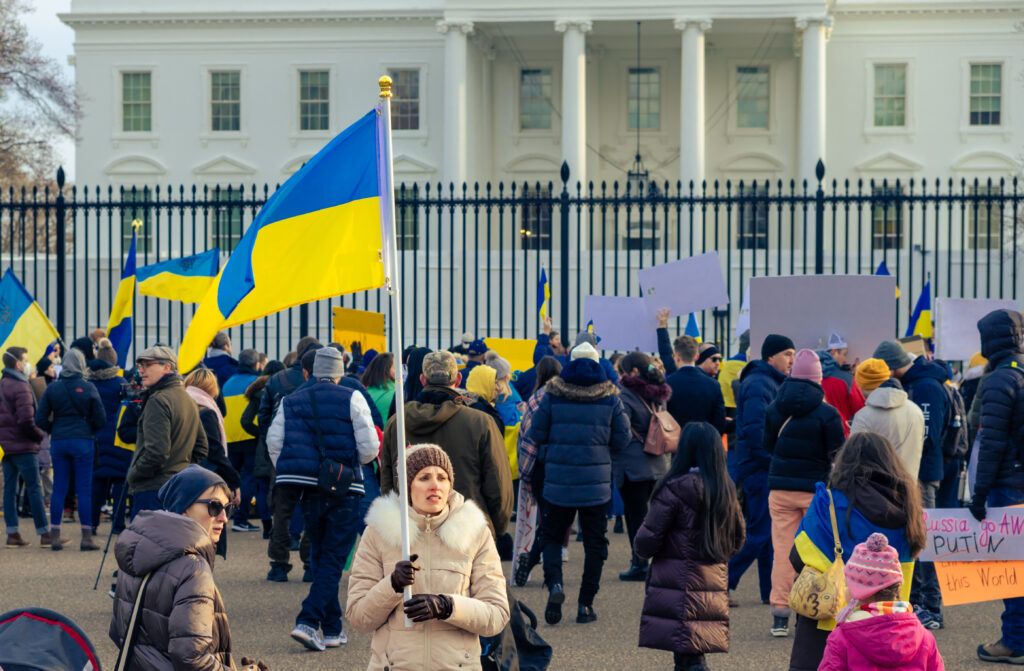
European leaders have collectively rallied in support of Ukraine, articulating a clear consensus that a durable peace in the war-torn nation cannot be achieved without Kyiv’s direct involvement and consent. President Zelenskyy publicly expressed his gratitude to European allies for their solidarity, stating in a post on X that, “The end of the war must be fair, and I am grateful to everyone who stands with Ukraine and our people.” The upcoming summit thus unfolds against a backdrop of deeply entrenched, mutually exclusive positions.
Delving into Russia’s specific demands, a memorandum presented during talks in Istanbul in June outlined two distinct options for establishing a 30-day ceasefire. The first option stipulates that Ukraine must withdraw its forces from Donetsk, Luhansk, Zaporizhzhia, and Kherson, four regions that were illegally annexed by Moscow in September 2022 despite never being fully captured by Russian forces—a key point of contention.
The alternative, described by Russia as a “package proposal,” presents a series of conditions for a ceasefire. These include Ukraine halting its mobilization efforts, freezing all Western arms deliveries, and prohibiting the presence of any third-country forces on its territory. Additionally, Moscow suggested that Ukraine should end martial law and hold elections, following which a comprehensive peace treaty could potentially be signed between the two nations.
Beyond the immediate truce, Moscow’s broader vision for a peace deal unequivocally demands the “international legal recognition” of its annexations. This encompasses not only Ukraine’s Crimean Peninsula, which was annexed in 2014, but also the four aforementioned regions that were illegally absorbed in 2022. This insistence on formal international acceptance of its territorial claims remains a fundamental, non-negotiable aspect of Russia’s position.
Read more about: A Deepening Divide: Trump’s Tariff Gambit and India’s Steadfast Stance on Russian Oil
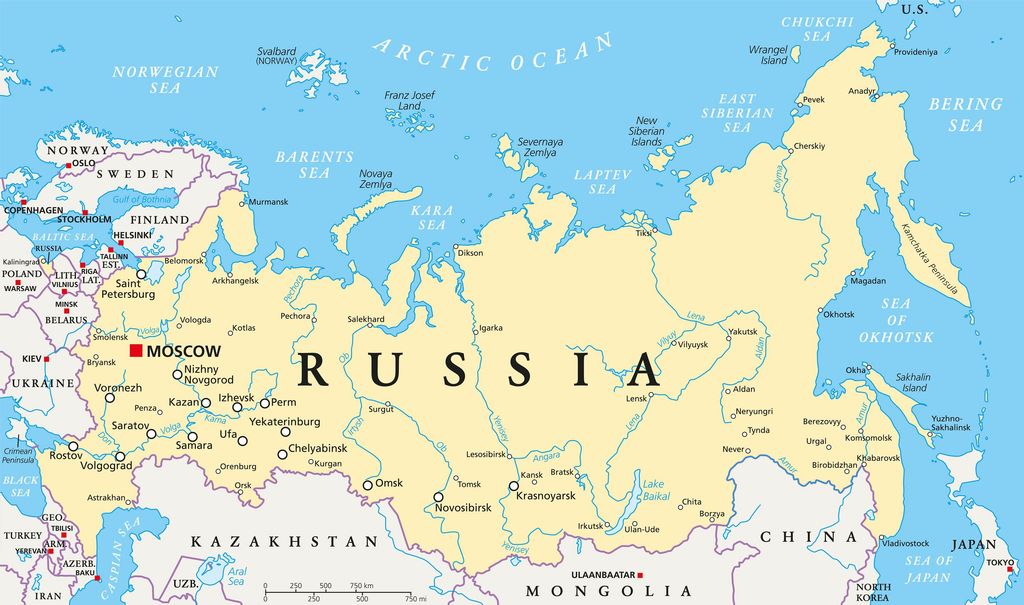
Furthermore, Russia insists that any future peace treaty must include Ukraine declaring its neutral status, positioning itself between Russia and the West. This critically entails Ukraine abandoning its long-standing bid to join NATO, a cornerstone of its post-Soviet foreign policy. Moscow also demands that Ukraine limit the size of its armed forces and officially recognize Russian as an official language, on an equal footing with Ukrainian—conditions that harken back to President Putin’s earliest articulated goals for the invasion.
Adding another layer of contentious demands, Russia insists that Ukraine must ban the “glorification and propaganda of Nazism and neo-Nazism” and dissolve various nationalist groups. This particular demand stems from President Putin’s widely refuted and false allegations, which have been asserted since the war’s inception, that neo-Nazi groups were shaping Ukrainian politics under President Zelenskyy, who is Jewish. These allegations have been vehemently dismissed by Kyiv and its Western allies as baseless.
In a comprehensive peace treaty, Russia envisions both countries lifting all existing sanctions and restrictions, abandoning any claims for compensation related to wartime damage, and resuming full trade and communications. The reestablishment of diplomatic ties is also a key component. Moreover, Moscow suggests that such a peace treaty be formally endorsed by a resolution of the United Nations Security Council, thereby lending it international legitimacy.
Despite the impending summit, Moscow has consistently signaled no willingness to compromise on its core demands. When queried on this matter, President Putin’s foreign affairs adviser, Yuri Ushakov, confirmed that there have been no shifts whatsoever in the Russian position. This steadfastness underscores the challenging nature of any prospective negotiations, as the Kremlin appears determined to pursue its maximalist objectives.
Conversely, Ukraine’s position, as articulated in a memorandum presented to Moscow in Istanbul, begins with an insistence on a full and unconditional 30-day ceasefire as a prerequisite for any substantive peace negotiations. This highlights Kyiv’s belief that a cessation of hostilities must precede detailed discussions on a lasting settlement.
Ukraine’s memorandum adamantly reaffirms its consistent rejection of Russian demands for neutral status, viewing such a condition as a direct assault on its sovereignty. Kyiv explicitly declares its inherent right to choose its own alliances, unequivocally stating that its potential NATO membership will depend solely on consensus within the alliance itself, rather than on external diktats.
Kyiv also firmly rejects any restrictions on the size, parameters, or other aspects of its armed forces. Likewise, it opposes any curbs on the presence of foreign troops on its soil, emphasizing its right to determine its own defense posture and international military cooperation. This stance stands in direct opposition to Moscow’s demands for military limitations and a ban on foreign military presence.
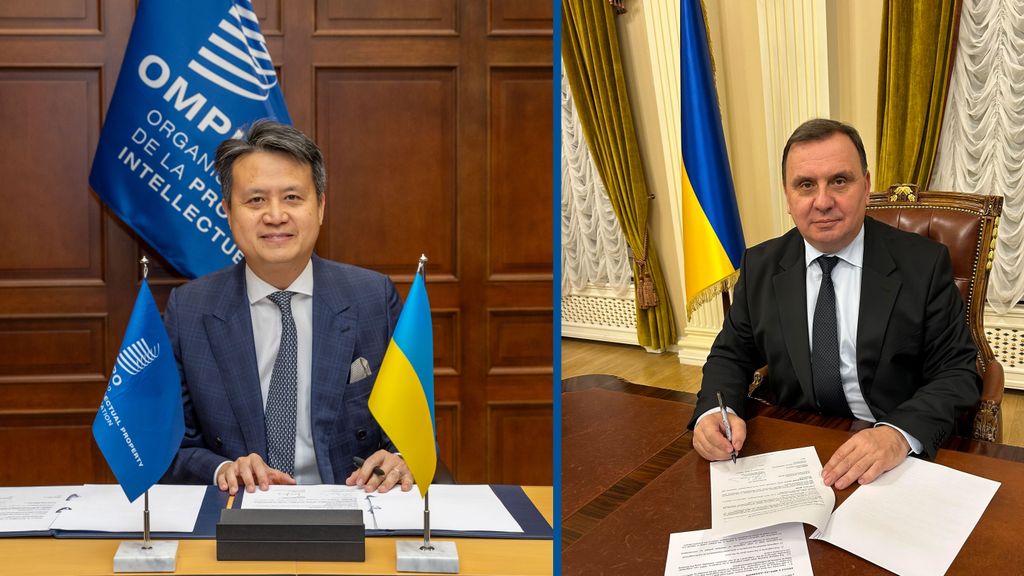
Crucially, Ukraine’s memorandum vehemently opposes recognizing any Russian territorial gains derived from the conflict. Instead, it proposes that the current line of contact between the warring parties should serve as a practical starting point for any future negotiations, rather than a pre-determined boundary based on Russian annexations.
The document further underscores the critical need for robust international security guarantees. These guarantees are deemed essential to ensure the effective implementation of any peace agreements and, more importantly, to deter any future acts of aggression. Additionally, Kyiv’s peace proposal includes urgent humanitarian demands, specifically the immediate return of all deported and illegally displaced Ukrainian children, along with a comprehensive “all-for-all” prisoner exchange.
While maintaining its firm stance, Ukraine’s proposal does demonstrate a degree of flexibility regarding sanctions. It leaves the door open to the gradual lifting of some of the sanctions imposed against Russia, but only if Moscow fully abides by the terms of any agreed-upon peace accord. This conditional approach reflects a pragmatic willingness to consider concessions in exchange for genuine compliance.
Read more about: Some Analytical Insights into Ukraine’s Evolving Air Strategy: Precision Strikes, Tactical Revelations, and Geopolitical Shifts
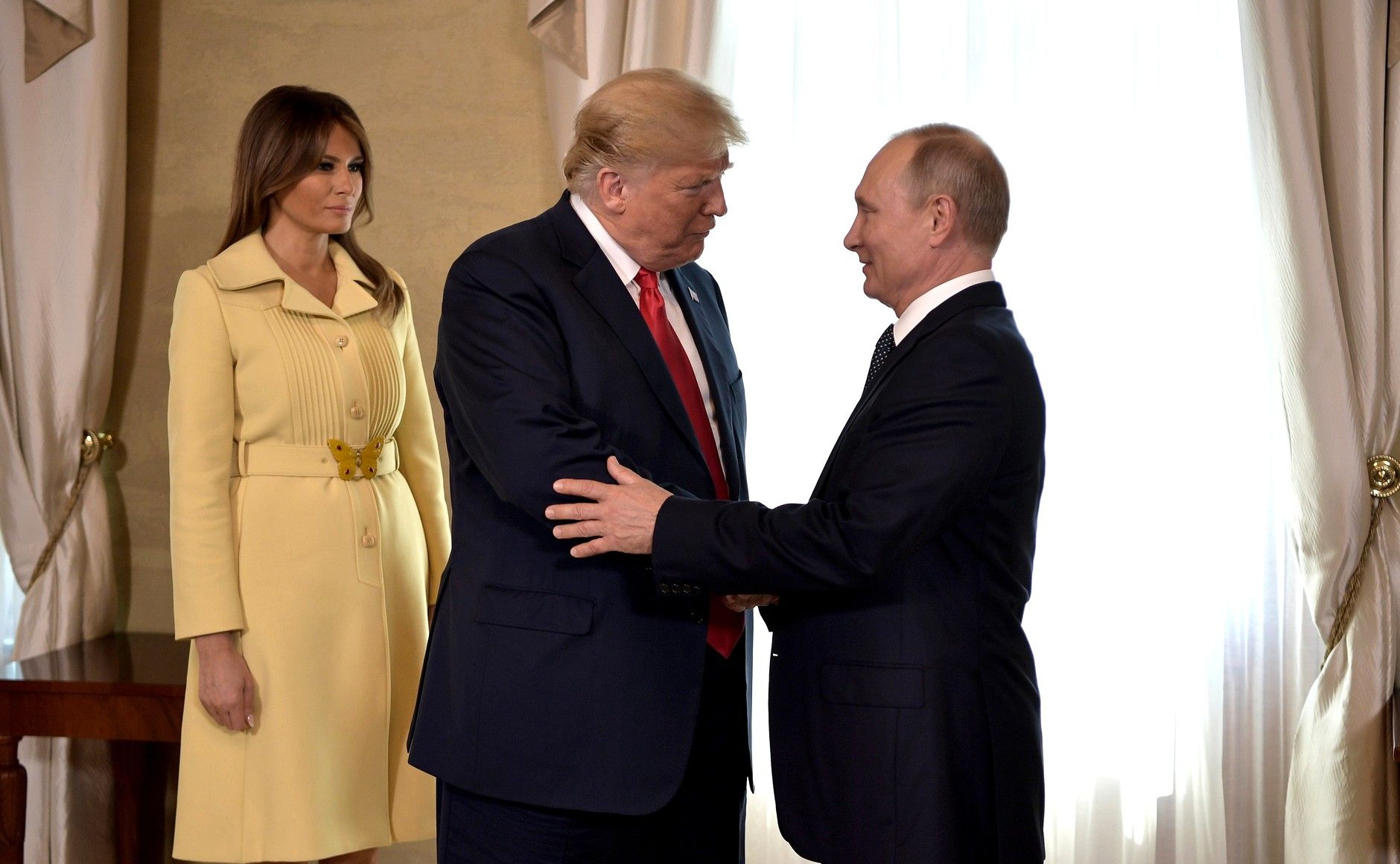
Entering this complex diplomatic arena is President Trump, whose past interactions with President Putin have often been characterized by admiration and a tendency to echo some of the Russian leader’s talking points on the conflict. While he initially engaged in a harsh confrontation with President Zelenskyy in the Oval Office on February 28, his tone subsequently softened. However, as President Putin resisted a ceasefire and escalated aerial bombardments, President Trump expressed exasperation with the Kremlin leader, even threatening Moscow with new sanctions.
Despite his expressed disappointment, President Trump’s agreement to meet with President Putin without President Zelenskyy present has raised considerable apprehension. Ukraine and its European allies are particularly concerned that this format could empower Russia, enabling President Putin to sway President Trump to his side and potentially strong-arm Ukraine into making unwanted concessions. A White House official indicated an openness to a trilateral summit involving both Russia and Ukraine, but for the time being, the focus remains on the one-on-one meeting as a foundational step.
President Trump himself has alluded to the possibility of “swapping territories, to the betterment of both” Russia and Ukraine as part of any peace deal he would discuss with President Putin. This ambiguous suggestion has fueled speculation and concern, particularly since President Putin has repeatedly warned Ukraine that it will face tougher conditions for peace if it does not accept Moscow’s demands. Russia has also pursued further territorial gains to establish what President Putin described as a “buffer zone.”
Read more about: Donald Trump’s Special Envoy Steve Witkoff Holds Critical Talks with Russian President Vladimir Putin Ahead of Sanctions Deadline
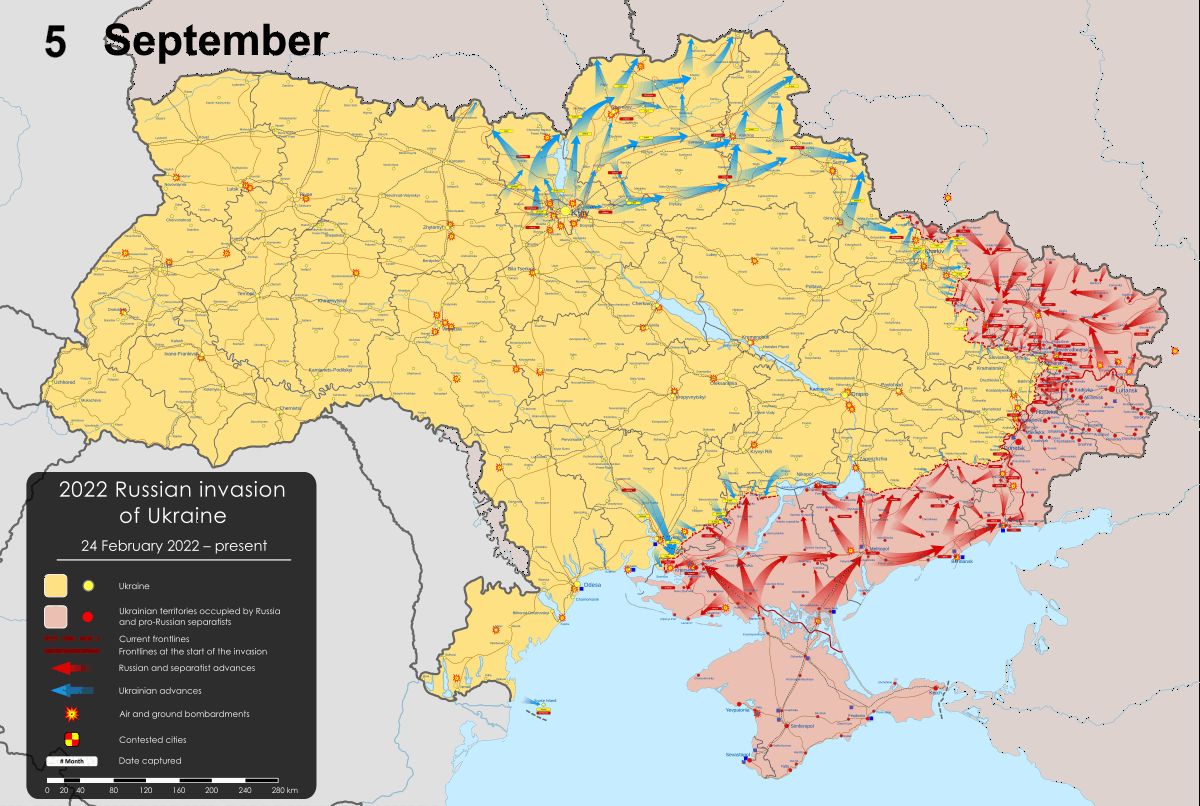
Some observers have suggested that Russia might consider trading these recent territorial advances for parts of the four annexed regions that remain under Ukrainian control. Sam Greene of King’s College London commented on this dynamic, noting that such a situation “is potentially one that gives Putin a tremendous amount of leeway, as long as he can use that leverage to force the Ukrainians into a deal that they may not like and to effectively sideline the Europeans.” He also questioned whether President Trump would endorse such a trade-off and possess the necessary leverage to compel Ukraine and its European partners to accept it.
Mr. Greene further suggested that President Putin could potentially accept a temporary truce to gain President Trump’s sympathy, particularly if such a truce “leaves him in control, with no real deterrence against renewed aggression at some point in the future.” He added that President Putin “understands that his only route to achieving his goals runs via Trump.” This perspective highlights the strategic calculations at play for the Kremlin leader.
In a potential signal that a ceasefire or peace deal might be imminent, President Putin reportedly contacted leaders from China, India, South Africa, and several former Soviet nations. This apparent effort to inform these allies about prospective agreements indicates a proactive diplomatic initiative, even if the underlying Russian position remains unchanged. However, Tatiana Stanovaya of the Carnegie Russia and Eurasia Center offered a sobering assessment.
Read more about: Russian Forces Advance in Ukraine Amid Escalating Casualties and Diplomatic Maneuvers, UK Intelligence Reports
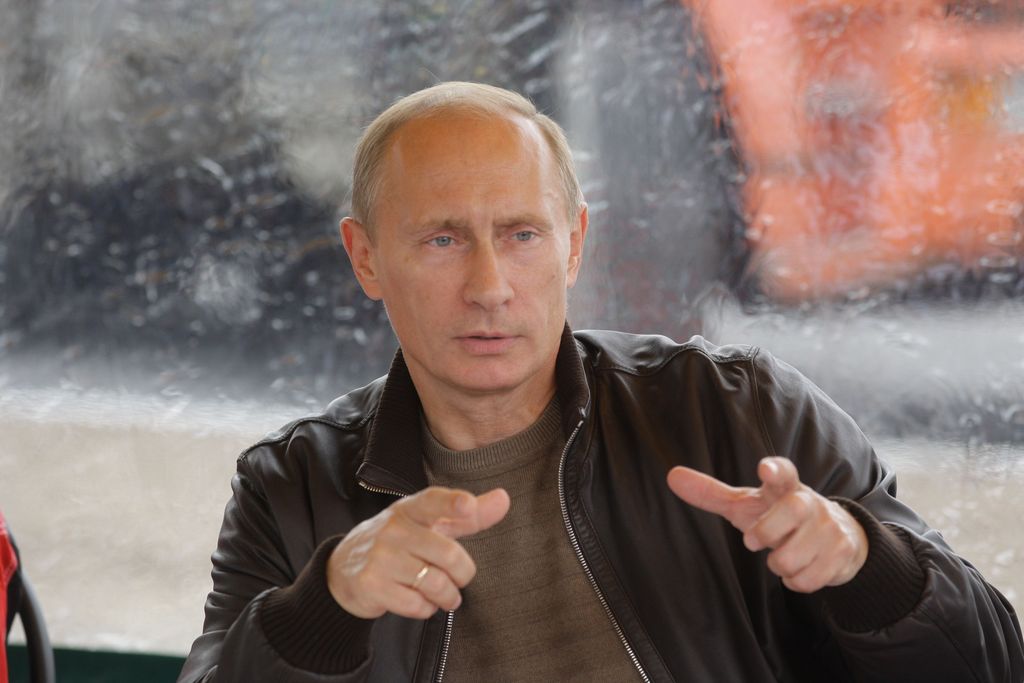
Ms. Stanovaya firmly argues that President Putin will not deviate from his core objectives. She stated on X, “However these conditions are phrased, they amount to the same demand: Ukraine ceases resisting, the West discontinues arms supplies, and Kyiv accepts Russia’s terms, which effectively constitute a de facto capitulation.” She contends that while the Russian side may articulate its position in various ways to create an impression of openness to negotiation, the core demand—Ukraine’s surrender—remains unchanged.
Ms. Stanovaya also provided her perspective on the prospect of a meeting between President Putin and President Zelenskyy, predicting that the Kremlin leader would only agree to such an engagement “if there is a prearranged agenda and predetermined outcomes, which remains difficult to envisage.” Her overall outlook is pessimistic, stating, “The likely scenario is that this peace effort will fail once again.” While this would be an adverse outcome for Ukraine, she believes it would not hand Ukraine over to President Putin “on a silver platter either.” Consequently, she anticipates that the conflict, oscillating between open warfare and periods of simmering tension, “appears likely to endure for the foreseeable future.”
The sharply conflicting demands from both Moscow and Kyiv, characterized by their mutually exclusive “red lines,” offer little genuine hope for any immediate or substantial progress in peace talks. Moscow appears unperturbed by persistent threats of Western sanctions or other pressures aimed at securing real concessions. Some observers, such as Moscow-based defense analyst Sergei Poletaev, view the Russian memorandum not as a sign of flexibility, but rather as a strategic maneuver by Moscow to formally establish its negotiation position. Mr. Poletaev noted that “Even an unsigned document provides the Kremlin with a firmer diplomatic foothold.”
Tatiana Stanovaya further elaborated that the Russian document fully reflects President Putin’s overarching objective of securing a “friendly” Ukraine devoid of a full-fledged military or any ties with its Western allies. She interprets Moscow’s offering of two options to Ukraine as a deliberate strategy. Knowing that a Ukrainian withdrawal from the four illegally annexed regions “is not feasible,” Russia seeks to guide Kyiv toward the second “package” proposal as the primary course of action. However, she also observed that Moscow’s memorandum might suggest Russia is “open to considering relinquishing parts of the annexed regions that it does not control to Ukraine,” indicating a potential tactical flexibility within its hardline stance.
Despite these nuances, Ms. Stanovaya’s conclusion remains unequivocal: Moscow’s maximalist demands mean that “the fighting is set to continue, even if bilateral interactions persist.” The protracted nature of the conflict is reinforced by President Zelenskyy’s own warnings. Citing reports from Ukrainian intelligence and military command, he recently stated that there is “no indication whatsoever that the Russians have received signals to prepare for a post-war situation. On the contrary, they are redeploying their troops and forces in ways that suggest preparations for new offensive operations.” He unequivocally declared that the Russian president is “definitely not preparing for a ceasefire or an end to the war.”
Indeed, Russian sources with knowledge of top-level Kremlin thinking indicate that President Putin’s conditions for ending the war include a written pledge by major Western powers to halt NATO enlargement eastwards, specifically excluding membership for Ukraine, Georgia, and Moldova, among other former Soviet republics. This demand for a formal, written guarantee stems from a deeply ingrained Russian belief that Moscow was misled by the United States after the 1989 fall of the Berlin Wall. Former CIA Director William J. Burns acknowledged in his memoirs that a verbal promise was made by U.S. Secretary of State James Baker to Soviet leader Mikhail Gorbachev in 1990 that NATO would not expand eastwards, though it was never formalized.
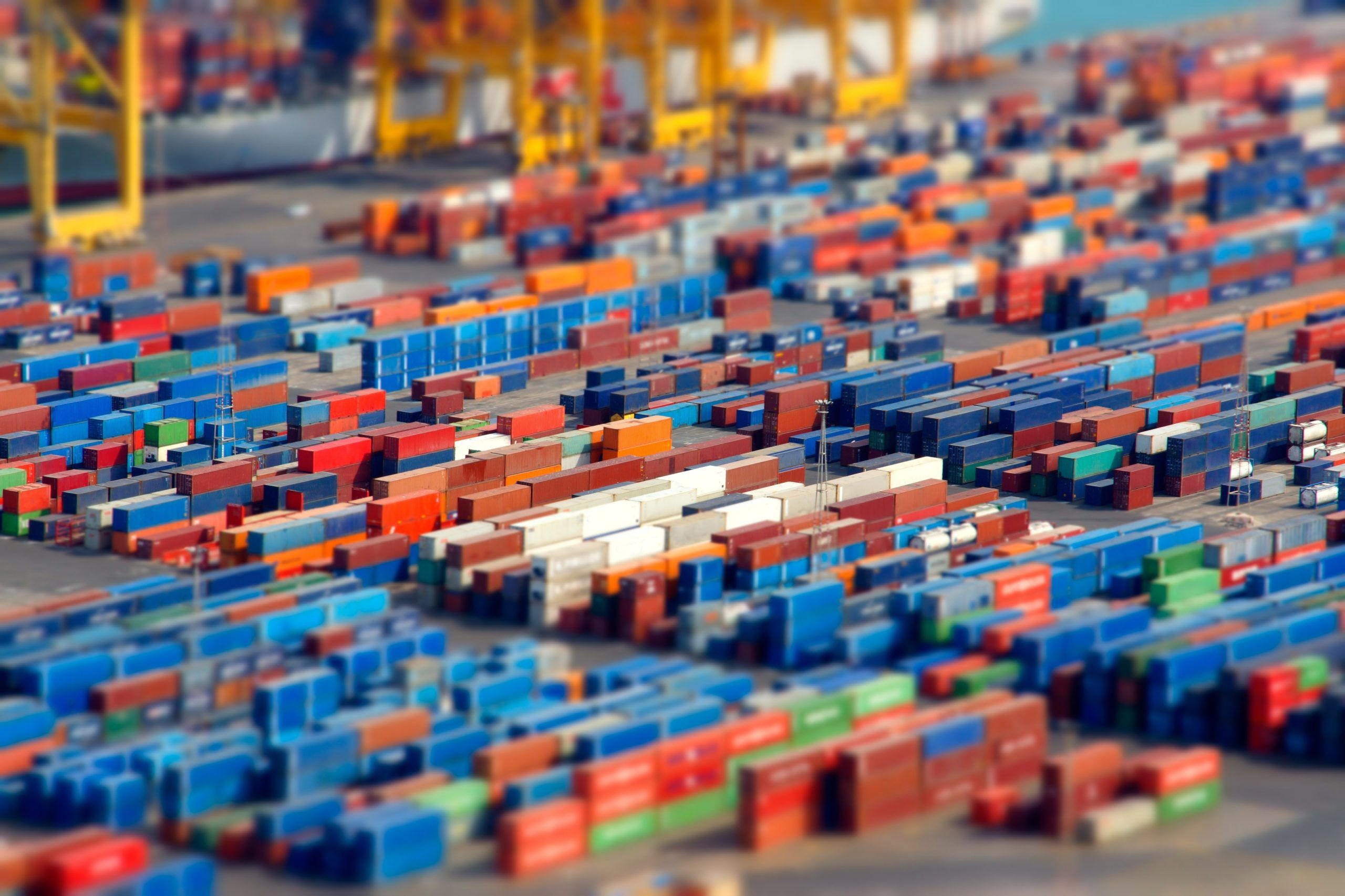
Beyond NATO, Russia also seeks the repeal of certain Western sanctions, a resolution regarding frozen Russian sovereign assets in the West, and enhanced protection for Russian speakers within Ukraine. These multifaceted demands underscore the profound geopolitical shifts President Putin aims to bring about, viewing the current conflict as a watershed moment in Russia’s contentious relationship with the West, which he contends has humiliated Russia since the dissolution of the Soviet Union in 1991 through NATO’s expansion into what he perceives as Moscow’s sphere of influence.
President Trump, who frequently prides himself on his amicable relations with President Putin, has nonetheless exhibited signs of frustration. He recently suggested on social media that President Putin had “gone absolutely insane” following a massive aerial assault on Ukraine. Despite his professed desire to terminate the conflict, President Trump’s diverse remarks, including his previous assertion that U.S. support for Ukraine’s NATO membership bid had precipitated the war, introduce an additional layer of complexity to the diplomatic equation.
As the war continues to impose a heavy toll in terms of casualties and military expenditure, and with Russia’s economy experiencing distortions amid labor shortages and elevated interest rates, the Kremlin’s determination remains unwavering. President Putin is reportedly less inclined to make concessions on territorial issues, steadfastly adhering to his public position that he seeks the entirety of the four regions claimed by Russia. One source stated, “Putin has hardened his stance” on the question of territory, indicating that if a tactical opening arises on the battlefield, he would advance deeper into Ukraine, believing that Russia could sustain the conflict for years, regardless of Western sanctions.
Read more about: A Deepening Divide: Trump’s Tariff Gambit and India’s Steadfast Stance on Russian Oil
This confluence of uncompromising demands from Russia, resolute resistance from Ukraine and its allies, and a highly unpredictable American mediation endeavor creates a scenario in which a definitive resolution appears excruciatingly distant. The strategic objectives of all major stakeholders remain fundamentally misaligned, rendering any rapid breakthrough exceedingly improbable. Instead, the global community is left to confront the grim reality that the complex, multifaceted conflict in Ukraine is poised to endure, a testament to the deep rifts in the international order and the profound challenges of forging peace amid such deeply entrenched discord. The path forward promises continued contention, with humanitarian concerns and geopolitical stability teetering precariously on the brink.


